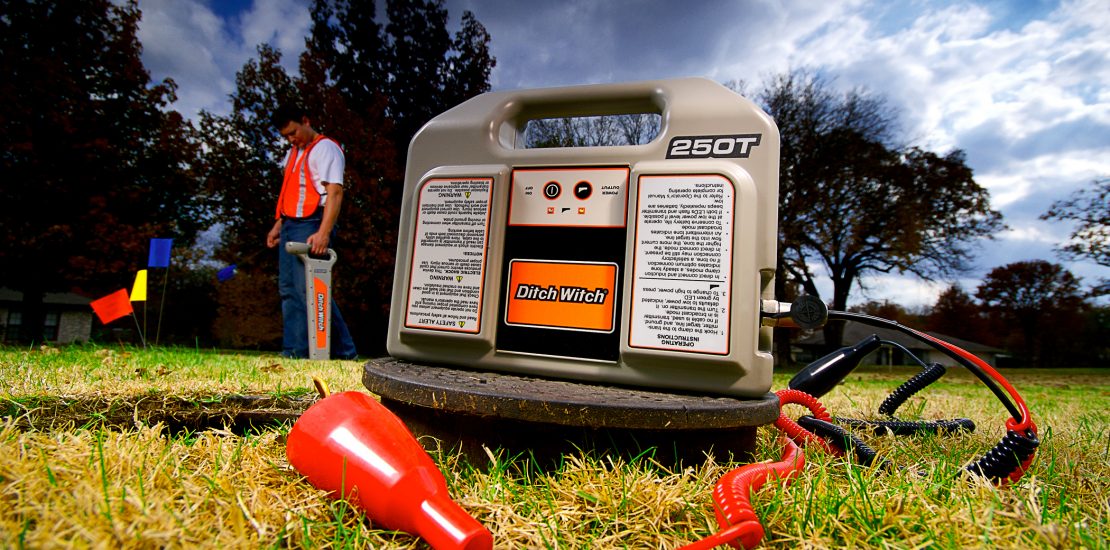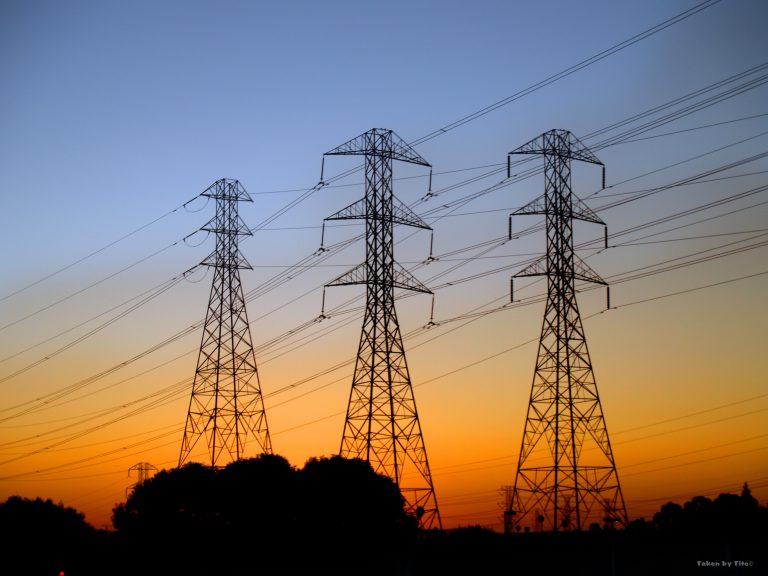How a Locating Instrument Works – Part 1

Locating Instrument Works – Locating underground utilities has been described as both an art and a science. Utility Damage Prevention by locating underground utilities is becoming more of a challenge each and every day as the array of services in the ground increases. As the ground under our feet becomes more congested with utility lines, it is vitally important to have proper training such as Locator Awareness Training or Advanced EM Locator Training. These programs provide you with the necessary skills to accurately identify and mark — gas, fiber, water, telecommunications and sewer — to ensure the safety of your crew and protect your bottom line.
There are two basic concepts that must be learnt to be a good locator:
- How a Locating Instrument Works
- How to use a Locating Instrument
If you can master these two skills you will be well on the way to being a utility damage prevention expert.
Most utility locating is done with the use of electromagnetic locating equipment. This equipment consists of two parts, a transmitter and a receiver. In short, we use the transmitter to place a “signal” onto the line then go hunt down that signal with the receiver. As long as the line is metallic and continuous we can locate it with electromagnetic equipment. In theory.
So let’s firstly have a look at the transmitter.
 The transmitter produces a voltage; actually it is an Alternating Current. An alternating current is what normally powers all of your electrical appliances at home. The power that we receive at home is delivered by electricity power cables; these cables carry the power stations energy to your home.
The transmitter produces a voltage; actually it is an Alternating Current. An alternating current is what normally powers all of your electrical appliances at home. The power that we receive at home is delivered by electricity power cables; these cables carry the power stations energy to your home.
When we locate a pipe or cable, the pipe or cable carries the transmitter’s energy EXACTLY like the cables Locating Instrument Works carrying power to your home. Once an alternating current is applied to a conductive line an electromagnetic field is produced.
So how do we get the alternating current onto the line that we want to trace? There are only two ways of achieving this – Inductively or Conductively.
We will examine this further next week in Part 2.